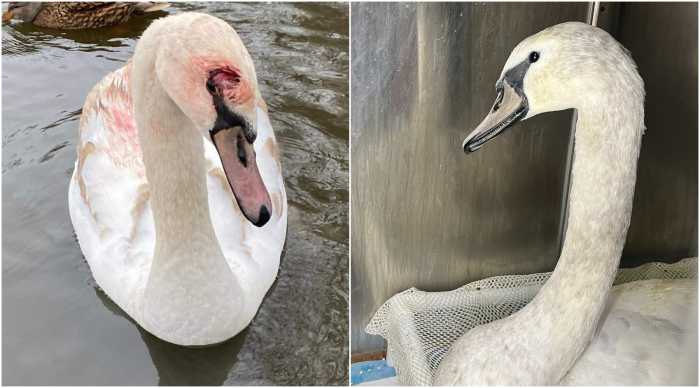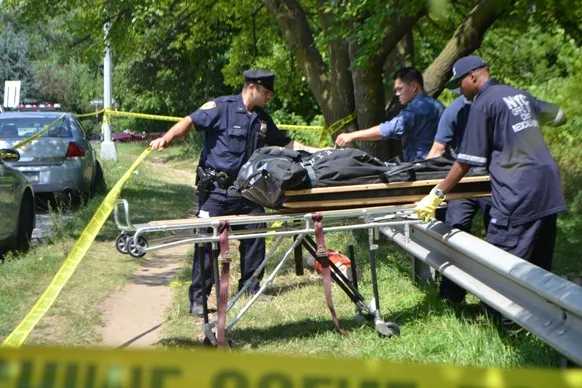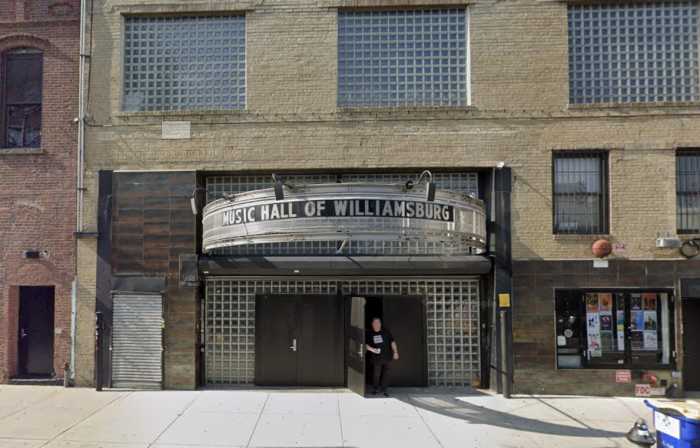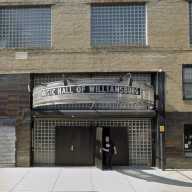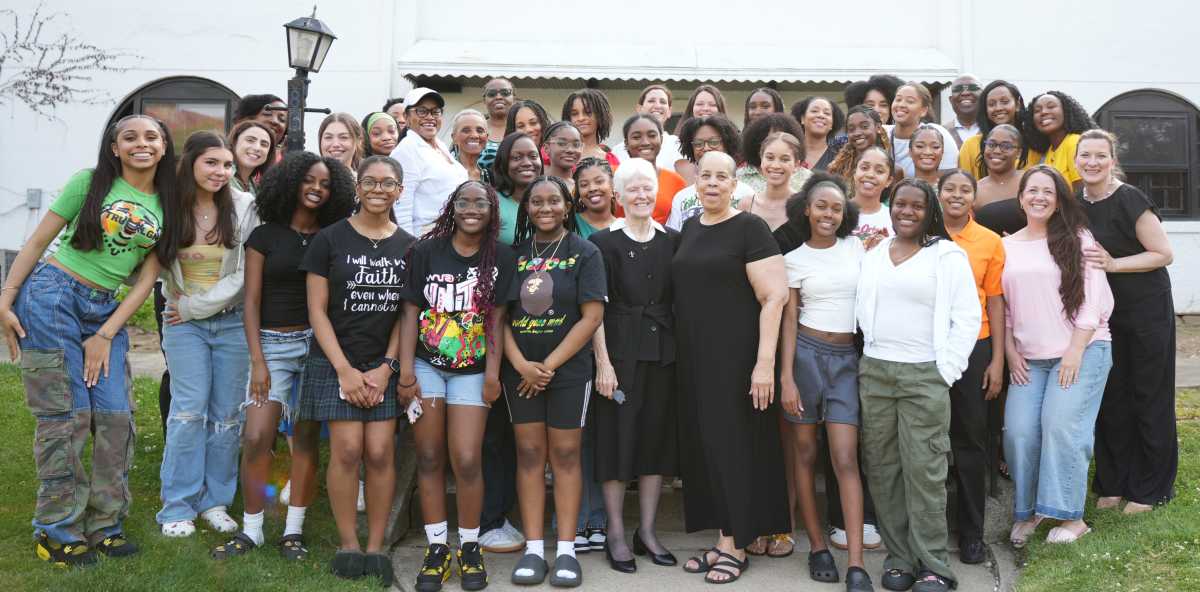It’s covered with oil. It’s laced with heavy metals. It receives millions of gallons of raw sewage every year. It even had cholera. And now the Gowanus Canal, that corpse of water between Park Slope and Carroll Gardens, has been diagnosed with gonorrhea.
Niloufar Haque, a biology professor, and her students from the New York City College of Technology, dunked their test tubes in the canal earlier this year — and they found gonorrhea, the flu and other sickening germs turned up in their samples.
“We were just saying we wouldn’t want our child growing up around that water,” Haque told the Daily News last week.
The finding couldn’t have come at a worse time for area developers, who are salivating over a possible rezoning of the area to allow residential use. In that way, the finding of disease in this never-proud waterway may have a silver lining: local artists think the germs will help keep their rents low.
“It’s probably good for us,” said Joanna Marks, who helps organize the Annual Gowanus Artists Studio Tour, which will take place next weekend. “It might ensure that we can stay a little bit longer, because it can hinder development.”
Developers, always looking for a diamond in the rough, think the area could be the kind of neighborhood you’d introduce to your mother, but it will take more than a dose of penicillin to fix the burning sensation Brooklynites feel when crossing over the canal.
“It has been no secret that the Gowanus Canal is filthy, and part of the process of developing the area is to clean it up,” said Sam Rockwell, a spokesman for Councilman David Yassky (D–Brooklyn Heights).
No one knows for certain how a body of water, albeit a filthy one with a bad reputation, contracted a sexually transmitted disease.
Riverkeeper, a group that monitors New York’s waterways, believes the canal got gonorrhea the old-fashioned way: from a toilet seat.
Well, not exactly the seat, but from the millions of gallons of raw sewage that flow into the canal when it rains.
“When you have that much raw sewage being dumped into our system, it’s not surprising that you’re going to find these pathogens in the water,” said Craig Michaels of Riverkeeper.


